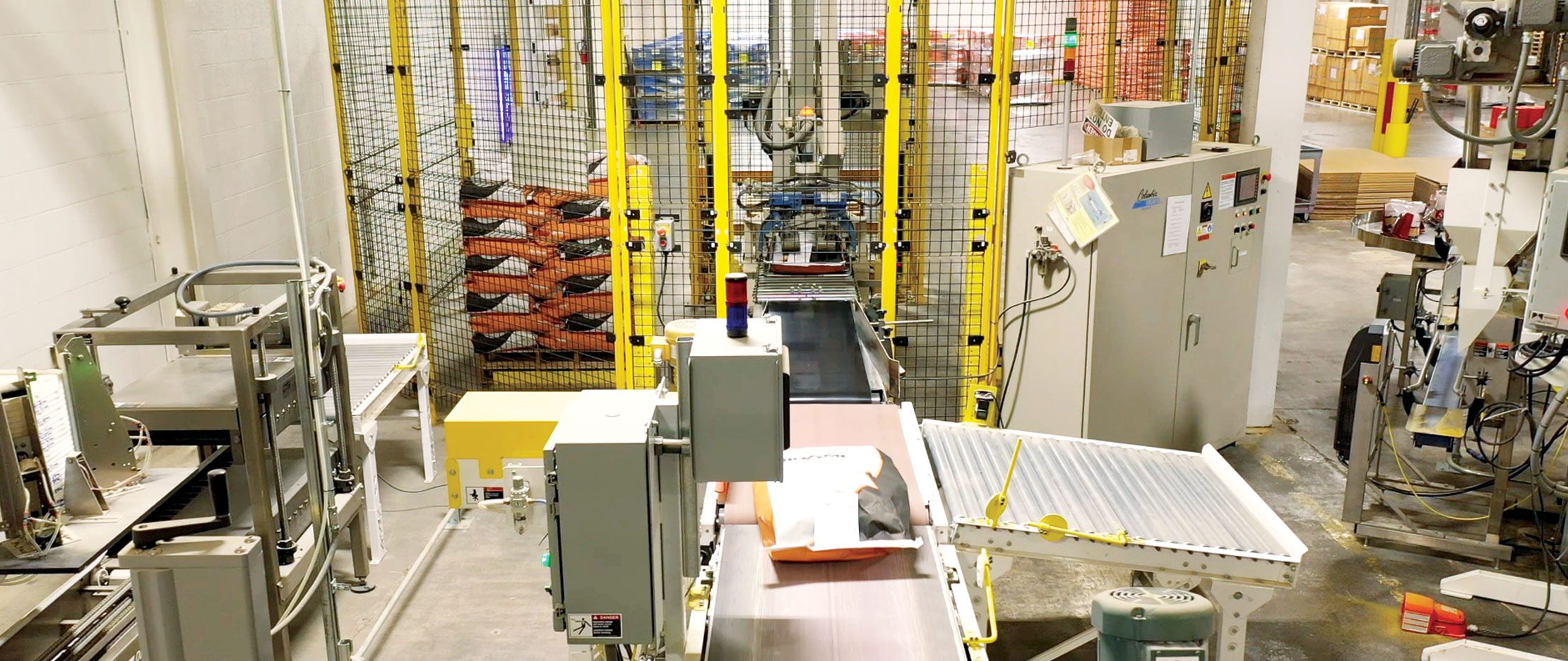
Creating an integrated material handling system is essential for any manufacturing business aiming to improve efficiency and productivity. A well-designed system streamlines the flow of materials, reduces waste, and ensures that the right materials are in the right place at the right time. Here are the key steps to consider when building your system.
1. Assess Your Current Operations
Begin by evaluating your existing material handling processes. Look for bottlenecks, delays, and unnecessary movements that can be improved. This thorough analysis will provide valuable insights into where changes are needed and how your current system can be optimized.
2. Define Your Goals and Requirements
Next, establish clear goals for your integrated material handling system. Are you aiming to reduce lead times, lower costs, or improve safety? By defining your objectives, you'll create a focused roadmap to guide your design and implementation efforts.
3. Choose the Right Technologies
Selecting the appropriate technologies for your material handling system is crucial. Consider automated solutions like conveyors, robotics, and warehouse management systems that can enhance the flow of materials. Ensure that your chosen technologies are compatible with each other to create a seamless operation.
4. Design for Flexibility and Scalability
Design your system to be flexible and scalable, allowing for future growth and changes in the business environment. This adaptability will enable you to accommodate new products, varying order volumes, or changes in workflows without significant disruptions.
5. Train Your Workforce
An efficient material handling system relies heavily on the people who operate it. Invest in training for your workforce to ensure they are familiar with the new systems and procedures. Well-trained employees can maximize the technology and workflows, ultimately enhancing productivity.
6. Monitor and Continuously Improve
Once your integrated material handling system is up and running, implement a monitoring system to track performance metrics. Regularly review these metrics to identify areas for improvement. Continuous optimization is key to maintaining high efficiency and productivity in your operations.
By following these steps, you can build an integrated material handling system that significantly boosts your manufacturing productivity, leading to greater success in a competitive marketplace.
Magnum Systems podcast series, AIM!
RELATED POSTS
Eight Questions to Kick Off Designing Your Dry Bulk Material Handling System
A Material Conveying System’s Role in Optimizing Plant Operations
Five Reasons to Partner with a Material Handling Systems Integrator
Can Material Handling System Integration and Automation Boost Your Recruitment and Employee Results?
Contact Magnum to discuss your bulk material handling system needs.
Related Post
Five Ways to Expand Automation Through Controls Migration Without Sacrificing Employee Morale
Predictive Maintenance Part Three: Predicting the Future of Industrial Systems
Predictive Maintenance Part One: The Lifecycle Advantage for Maximizing ROI